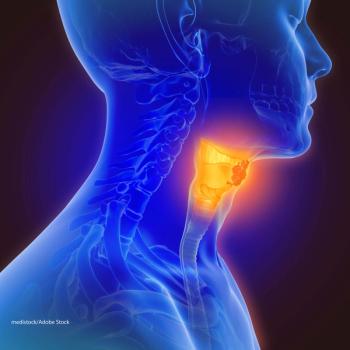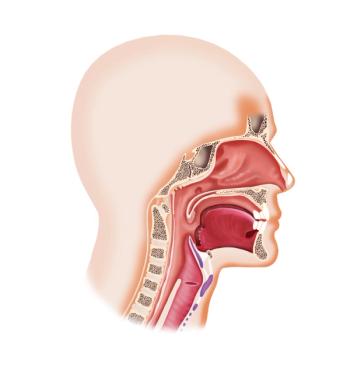
Oncology NEWS International
- Oncology NEWS International Vol 15 No 12
- Volume 15
- Issue 12
Best Rx Most Cost-Effective: RTOG
In RTOG 9111, a randomized phase III trial in locally advanced laryngeal cancer, there was no difference in overall survival between the three arms, but disease-free survival, locoregional control, and preservation of the larynx were better in patients receiving induction chemotherapy plus radiation or concurrent chemoradiation, compared with radiation therapy alone.
PHILADELPHIAIn RTOG 9111, a randomized phase III trial in locally advanced laryngeal cancer, there was no difference in overall survival between the three arms, but disease-free survival, locoregional control, and preservation of the larynx were better in patients receiving induction chemotherapy plus radiation or concurrent chemoradiation, compared with radiation therapy alone.
In a subsequent economic analysis, based on 66 Medicare patients, "these better outcomes translated into significant savings of dollars spent on treating patients for complications and recurrences seen with the less effective therapy of radiation alone," Andre Konski, MD, MBA, of Fox Chase Cancer Center, said at the American Society for Therapeutic Radiology and Oncology 48th Annual Meeting (abstract 115). The expected mean 47-month cost of radiation alone was $57,357. Concurrent chemoradiation cost $57,870. Induction chemotherapy plus radiation was the most cost-effective. "At a 47-month cost of $49,018, this treatment saved $7,031 per disease-free life-year and $9,336 per life-year of overall survival, compared with radiation alone," Dr. Konski said.
Articles in this issue
about 19 years ago
Grape Seed Found to Be a Natural Aromatase Inhibitorabout 19 years ago
Drug Combination Prevents ER-Negative Tumors in Miceabout 19 years ago
Democrats' Agenda May Stifle Efforts for More Ca Fundingabout 19 years ago
No Loss of Efficacy With Synchronous Chemotherapy/ESPabout 19 years ago
'Share Care' Difficult for Ca Survivors and Their Oncologistsabout 19 years ago
Biomarkers Panel Promising for Detecting Pancreatic Caabout 19 years ago
Preop Avastin/Tarceva in RCCabout 19 years ago
Reovirus Agent Shows Activity in Phase I Trialabout 19 years ago
Eisai Acquires Four Oncology- Related Products From LigandNewsletter
Stay up to date on recent advances in the multidisciplinary approach to cancer.





